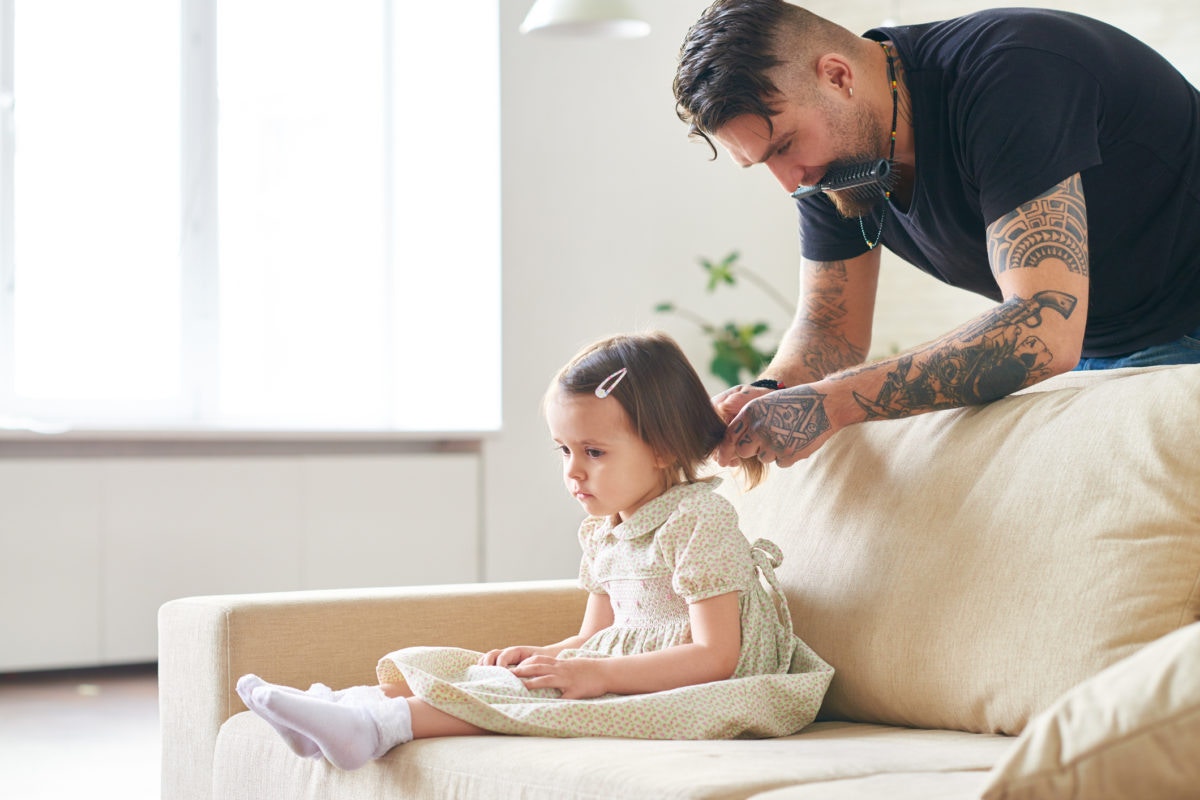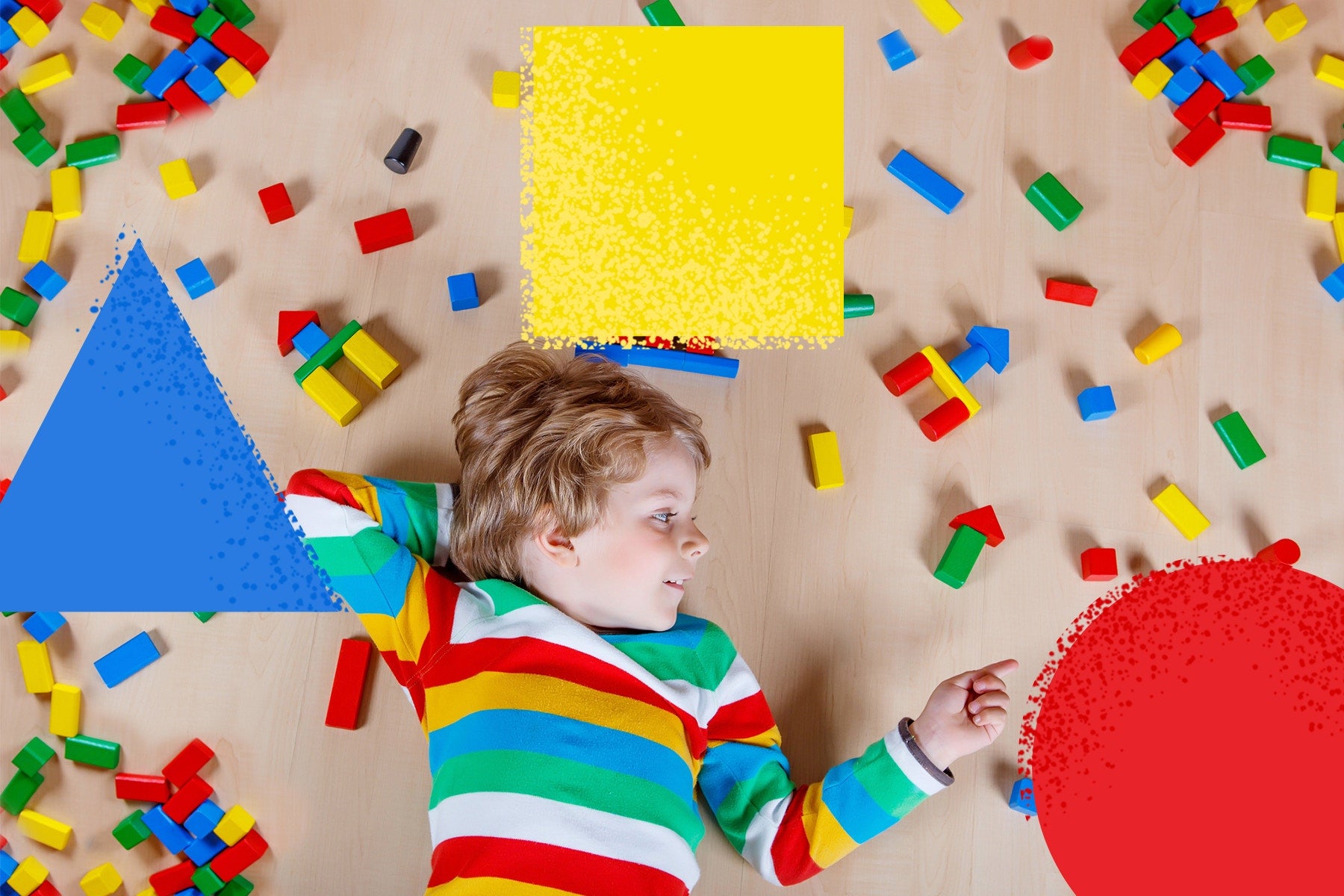I have yet to meet someone who doesn't start scratching their head as soon as they hear the word lice. No one wants them. No one wants their kids to get them. And yet contracting lice is pretty much a fact of life.
If you've managed to avoid the suffering so far, congratulate yourself. You are one of the lucky few. The rest of us shiver at the thought, remembering the brutal combing, the constant shampooing, the never-ending laundry. We don't want to go through it again.
On top of it all, if these minute blood-suckers nestle into your scalp, it feels like you can't tell anyone lest they think you live in squalor, bathing your children once a month while flies and centipedes make a cozy home of your kitchen counter.
The stigma of lice makes it hard to get to the truth of the matter. Many (untrue) myths remain. The real truth is this: If you or your kids get lice, it doesn't mean you are a negligent parent devoid of basic personal hygiene. It means you're human.
Recently, my daughter and I both lived through a lice infestation (she loves me so much she wanted to share it with me), and this time I sought help from professionals – the rather saintly employees of the local Lice Lounge (yes, it's a thing).
I wanted to figure out the root cause (pun intended) of lice, and the Lice Lounge, along with research provided by the Nebraska Extension in Lancaster County, proceeded to debunk the most common myths of the nasty little pest.
Myth #1: If you get lice, you must be dirty.
This may be hard to believe, but Myth #1 is 100 percent false. In fact, lice are especially attracted to long, luxurious clean hair. It gives their vile little legs something to cling to. Plus, once on the head, they propagate quickly. According to the Nebraska extension program, “The female louse lays 8-10 eggs per day, which hatch in seven days and mature to an adult in another seven days...they live for approximately 30 days.” So you aren't a terrible parent if you didn't notice it or nip it in the bud right away. Shampoo and brushing won't kill them, and they multiply like Gremlins even on the most pristine scalp.Myth #2: Fumigate your house.
My siblings and I had lice a time or two when we were kids, and I still remember my frantic mom putting every last blanket and stuffed animal in supersize trash bags and sequestering them in the basement for two weeks. Pillows had to be washed, comforters dry cleaned, and brushes thrown away. Thankfully, we now know these measures are overkill. While it's important (especially for your peace of mind) to wash items that come in contact with the lice-head, remember this: Lice can only live off their host (i.e. your sweet cherub's head) for 24 hours. Also, only two percent of lice cases are spread through brushes and pillows, etc. A whopping 98 percent of cases are spread through direct head-to-head contact – think selfies, hugs, sharing a pillow during nap time. The ladies at the Lice Lounge have less exhausting advice for housecleaning during an infestation:- Wash bedding.
- Treat brushes and combs by putting them in the freezer for two hours.
- Throw hats, coats, stuffed animals, etc., in the dyer for 30 minutes (extreme prolonged heat and cold kills the little shits).
- Vacuum carpets.



